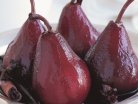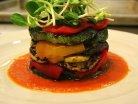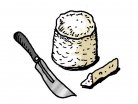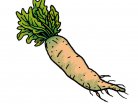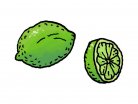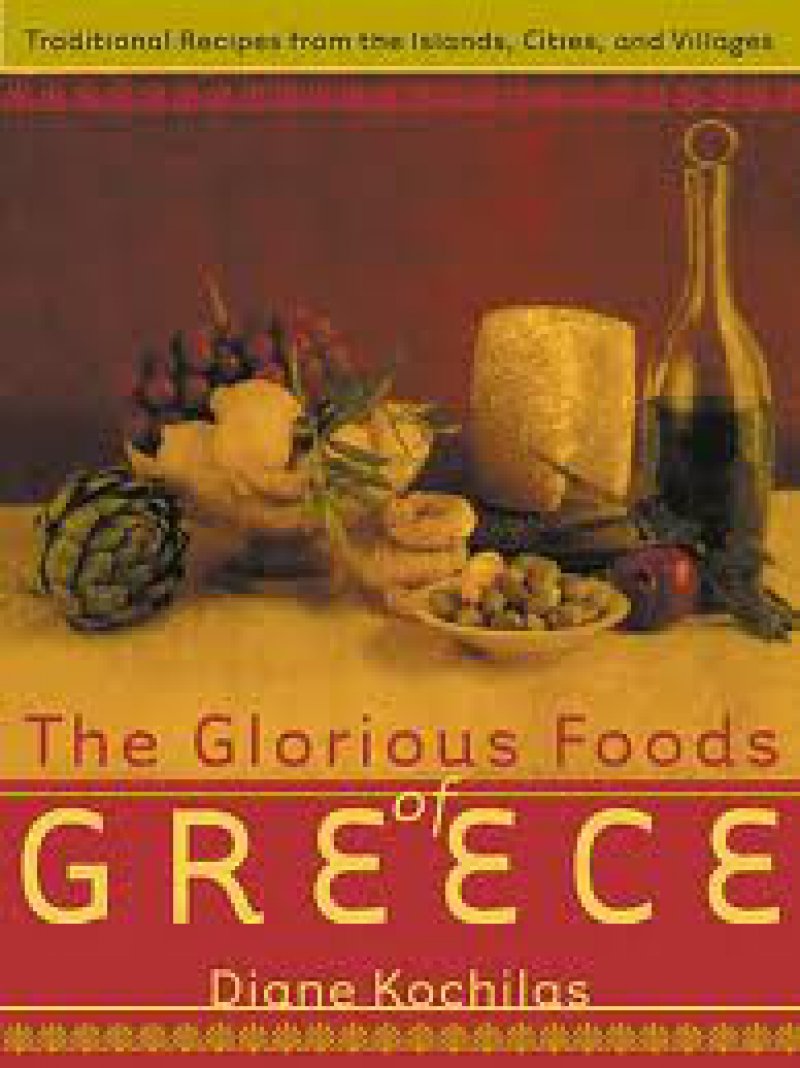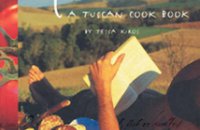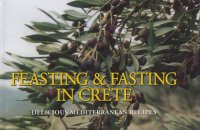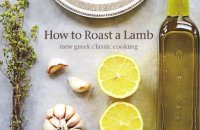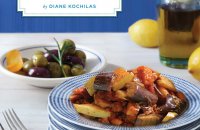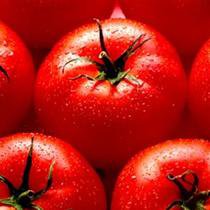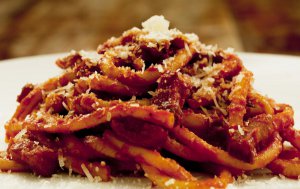Amanda Hesser reviews Diane Kochilas's masterpiece "The Glorious Foods Of Greece" explaining how Ms. Kochilas seemingly creates a new version of Greek cuisine as she fills in the gap between Greek food in its traditional form, and its innovative, new form.In America, Greek cuisine seems to exist on two planes.
There is its old form, steeped in "classics" like moussaka, baklava and seemingly anything stuffed into phyllo layered with butter. And there is the new form, which tends toward a Mediterranean diet and foods that appeal to modern diners, like tangy tzatziki, eggplant caviar and expensive fish grilled and sprinkled with olive oil. It seems implausible that one country could have such vastly different styles of cooking.
But it does, as you will read in Diane Kochilas's fabulous new book, "The Glorious Foods of Greece." What American chefs have failed to do is fill in the gap between that hearty moussaka and that lean fish with the richly varied cooking from Greece's island and mountain regions. Ms. Kochilas does this with such clarity and depth that you feel you have happened upon a new cuisine.
Like the cookbook writers Paula Wolfert and Lynn Rossetto Kasper, she explores a cuisine by traveling down seemingly every lane and alley in a region, knocking on doors, peeking into obscure tavernas and asking questions.
Ms. Kochilas begins with the food of the Peloponnesus, a peasant cuisine full of one- pot meals, then takes you through Roumeli and Epirus, home to many cheeses and savory pies, which were created as portable foods for shepherds. From there, she travels through Macedonia, where peppers and leeks color the culinary landscape, and Crete, a model of Mediterranean cooking, with its fresh fish and vegetables.
The recipes are superb and enlightening. As opposed to the many books on supposedly "humble" Tuscan food, which in fact have you buying expensive mushrooms and olive oils, Ms. Kochilas's book resonates with the economy and simplicity of Greece's regional cuisines by calling for common vegetables and inexpensive cuts of meat. It is the rich cuisine of a poor people. There are no airs. Just flavor.
Many of the short headnotes and sidebars are filled with useful information. You learn that Greek cooks turn to chervil much as French cooks reach for thyme. That egg- lemon sauce can be made by two methods, one using whole eggs, the other separating them and folding in the whipped whites.
Ms. Kochilas has a perceptive cook's eye, and it shows in her recipes. In a dish of giant beans with celery, the beans are first simmered, then baked until soft. "This is the whole secret to this dish," she writes. "The beans have to soak properly and cook enough so that they are creamy, almost the texture of roasted garlic, without disintegrating." From this, you immediately know what to look for.
Tomatoes are rarely peeled, seeded, or chopped, but grated, a sure sign of old country cooking. You simply rub the tomato on a coarse grater, and in less than a minute, you are left with just the stem and skin in your hands, the rest of the tomato reduced to a juicy pulp at the bottom of a bowl.
The great delight of the book for me, though, was coming across dozens upon dozens of recipes that I had never heard of before. There is fresh pasta with garlic, in which the pasta and three heads of smashed garlic cloves are boiled together. You drain the cooked pasta and garlic and toss it with olive oil. Artichokes (have you ever seen artichokes on a Greek menu?) are stewed with tomatoes, wild fennel and rice, and rolled in an egg-lemon sauce.
A dish that I will make again and again is from the Aegean Islands. A small amount of pork sausage is simmered with red onions, dill, fennel, green beans, and mint. The vegetables meld into a fragrant tomato broth. The sausage flavors the dish and retreats to the background. Lamb sausages cooked with peppers and tomato had the same kind of reserved brilliance. A parsley and onion dip for crudités had the makings of a green sauce, with parsley, red onion, oil and vinegar puréed in a food processor. The pivotal ingredient was bread, which gave it a texture that was creamy, a little springy and tamped down the sharpness of vinegar.
The best dish of all was tagliatelle with sheep's milk yogurt and caramelized onions from Kassos, on the Dodecanese Islands near Turkey. You drain the yogurt, then mix it with a little of the pasta cooking water. When the pasta is cooked (until it is soft, writes Ms. Kochilas, not al dente), you toss it with the yogurt, then sprinkle it with grated aged sheep's milk cheese and a dollop of caramelized onions. It is as dull looking as could be, but one of the most subtle, delicious things I have ever tasted.
*The review of the book "The glorious foods of Greece", was written by Amanda Hesser and was posted in the New York Times.
































